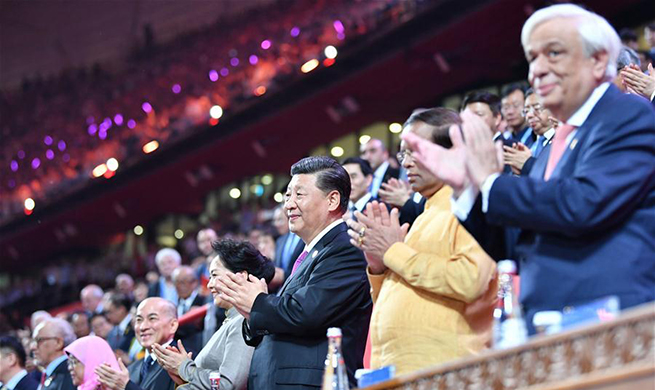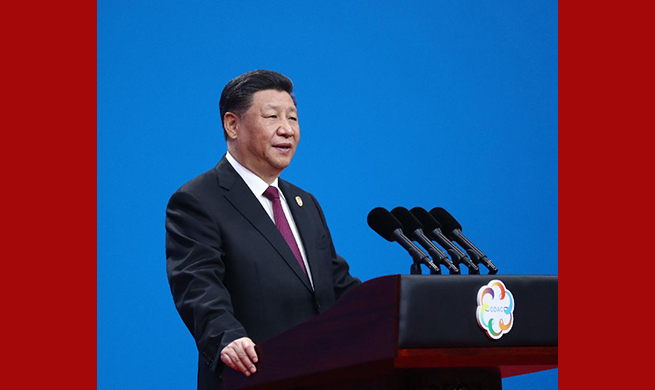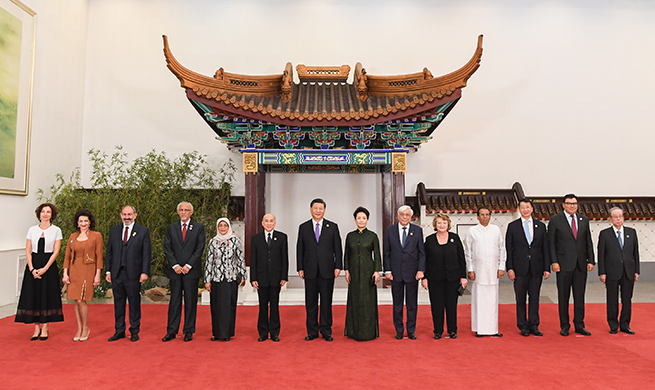GENEVA, May 16 (Xinhua) -- More than 20 million babies were born with a low birthweight in 2015, around one in seven of all births worldwide, making it a major health challenge that requires more than doubling progress if previously set targets are to be met, the World Health Organization (WHO) said on Thursday.
More than 80 percent of the world's 2.5 million newborns who die every year are of low birthweight of less than 2,500g, while those low birthweight babies who survive have a greater risk of stunting, and developmental and physical ill health later in life, including diabetes and cardiovascular disease, according to a latest research paper developed by experts from the WHO, UNICEF and the London School of Hygiene & Tropical Medicine, published in The Lancet Global Health.
Having collated data from 281 million births for 148 countries of 195 UN member states, the research found that the estimated low birthweight prevalence worldwide in 2015 was 14.6 percent, compared with 17.5 percent in 2000. In 2015, an estimated 20.5 million livebirths were low birthweight, 91 percent from low-and-middle income countries, mainly southern Asia and sub-Saharan Africa.
"Low birthweight is a complex clinical entity composed of intrauterine growth restriction and preterm birth," said co-author Dr. Mercedes de Onis from the Department of Nutrition at the WHO. "This is why reducing low birthweight requires an understanding of the underlying causes in a given country."
Citing Southern Asia as an example where a large proportion of low birthweight babies are born at term but with intrauterine growth restriction, Onis said it is associated with maternal undernutrition, including maternal stunting.
Another major contributor to low birthweight, she said, is preterm birth, which is often seen in many adolescent pregnancies, high prevalence of infection, or where pregnancy is associated with high levels of fertility treatment and caesarean sections.
"Understanding and tackling these underlying causes in high-burden countries should be a priority," she added.
The research warned that although close to three-quarters of low birthweight babies were born in Southern Asia and sub-Saharan Africa, the problem remains also substantial in high-income countries in Europe, North America, Australia and New Zealand. High-income countries have seen virtually no progress.
According to the WHO, low birthweight is an important marker of maternal and fetal health, predicting mortality, stunting, and adult-onset chronic conditions. In 2012, global nutrition targets were set at the World Health Assembly to include an ambitious 30 percent reduction in low birthweight prevalence between 2012 and 2025.
Although estimates suggest some progress in reducing low birthweight between 2000 and 2015, the research recommended that to meet the global nutrition target would require more than doubling progress, involving both improved measurement and program investments to address the causes of low birthweight throughout the lifecycle.

















